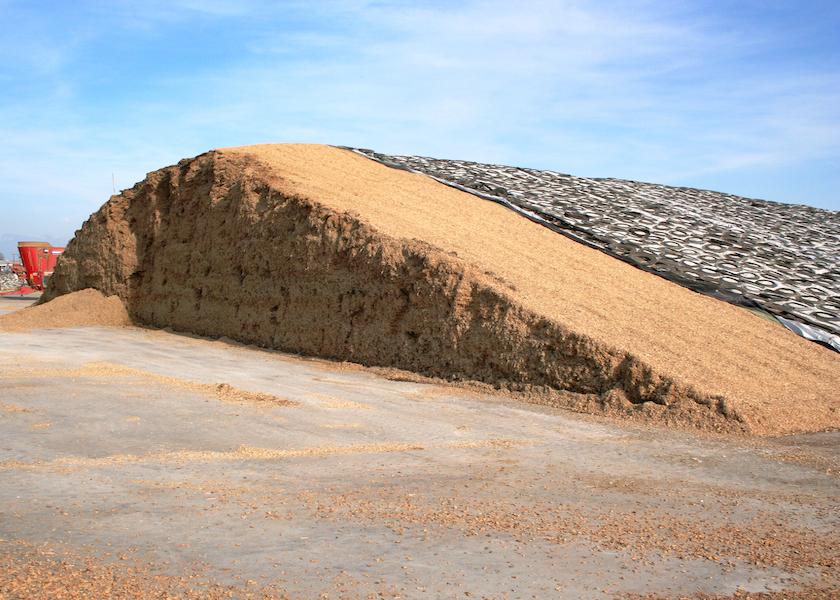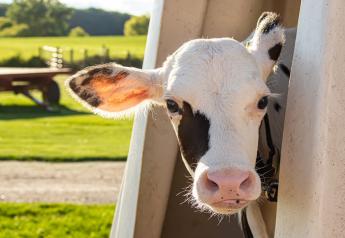How Managing Forages Can Impact Feed Costs

Feed costs account for over half of the total costs of milk production. Additionally, the utilization of high-quality forages will improve the dairy cow's productivity. The best way for producers to improve feed efficiency and lower costs would be to increase forage quality. The quality of the forage is impacted by harvest and storage, maturity, and the forage species chosen.
Harvest and Storage
Harvest and storage losses can be due to improper harvesting techniques and poor storage processes and will significantly impact farm profitability. Storing the forage with improper moisture content or improper ensiling of the forage will dramatically lower the forage's quality. The economic loss per ton of feedable DM can range between $9.30 and $9.80 from improper storage. Moisture ranges for ensiled forages are 40-60% for low moisture silage, 60-70% for wilted silage, and 70-85% for direct cut silage. Moisture levels that exceed recommendation can cause butyric acid formation or a foul odor that will reduce intake. Excessive handling or improper setting of equipment can cause leaf shatter and dry matter losses. These improper harvesting techniques can lead to an economic loss between $1.90 and $5.90 per ton of feedable DM.
Maturity
Maturity of the forage is one of the most important factors when considering forage quality. Plants continuously change in quality as they mature. As the plant reaches full maturity, crude protein and digestibility will decrease, decreasing the overall quality of the forage. If forages reach full maturity, additional yield will be gained, but higher amounts of forage will have to be fed to meet the same quality. Knowing when to harvest will help producers improve forage quality and digestibility and therefore improve profitability. The ideal stage for harvesting would be the late boot stage for grasses and small grains, late bud for alfalfa, and late boot and soft dough for wheat.
Species
Forage species will differ in quality and will have a significant impact on production. Legumes such as alfalfa have a higher protein content and a faster digestibility rate than grasses. Grasses contain more highly digestible fiber and lower levels of non-fiber carbohydrates. A mixture of grasses and legumes has been shown to improve production and lower costs. Determining the correct species to use will also depend on the region. Soil fertility, heat, susceptibility to drought, and drainage ability must all be considered when choosing a forage species. The ability of the forage to thrive in its environment will play a huge role in profitability. Farms should work with their nutritionist to determine the right forage species for their operation.







